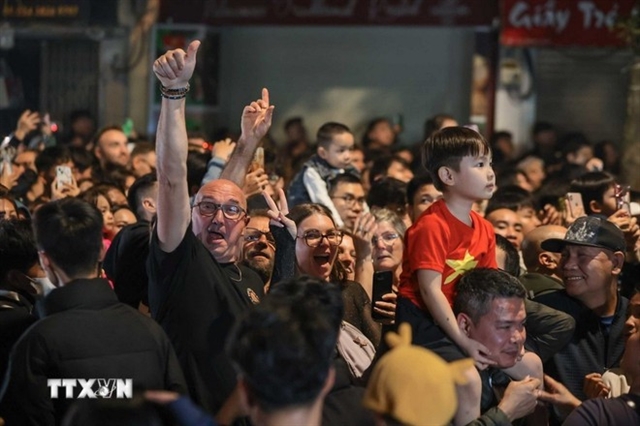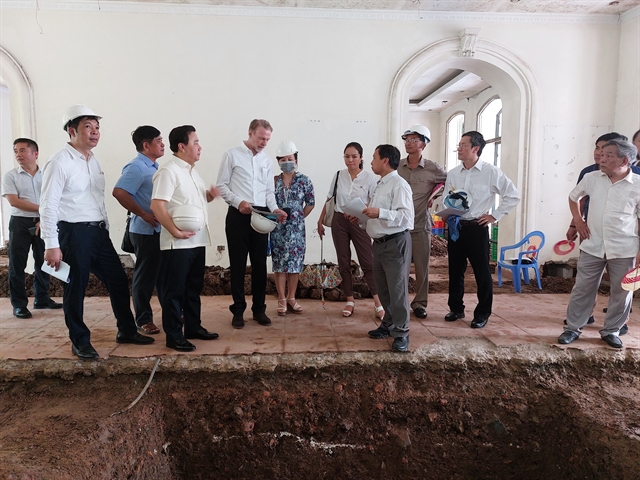 Life & Style
Life & Style

Thăng Long-Hà Nội Heritage Preservation Centre announced on Wednesday that archaeologists had unearthed new vestiges while undertaking an excavation at Thăng Long Imperial Citadel.

|
| An archaeological area at Thăng Long Imperial Citadel. VNA/VNS Photo Đinh Thuận |
HÀ NỘI — The Thăng Long-Hà Nội Heritage Preservation Centre announced on Wednesday that archaeologists had unearthed new vestiges while undertaking an excavation at Thăng Long Imperial Citadel.
They were discovered in the main area of Kính Thiên Palace.
An archaeological study is carried out in the Thăng Long Imperial Citadel on a yearly basis, according to Associate Professor Tống Trung Tín, chairman of the Việt Nam Archaeological Association.
"These excavations consistently uncover new aspects of the complex's history," he said.
This year, it was conducted in the Đan Trì courtyard, the heart of the historic site. Archaeologists have unearthed the vestiges of Đan Trì, the courtyard of the Vietnamese monarchy, and Ngự Đạo -- the primary road taken by the King when entering and exiting the Royal Palace.
As a result of these excavations, a part of the architectural vestiges of Lý-Trần-Lê from Đoan Môn Gate to Kính Thiên Palace have been clarified. It also adds additional scientific evidence to the extraordinarily complex overlap of relics in the Thăng Long Imperial Citadel's centre section.
The excavation is still proceeding, but the site's enormous worth has been discovered.
Đại Triều Courtyard is the area where hundreds of mandarins attend the audience with the King, and where the doctorate exams take place. Ngự Đạo is located in the middle of Đại Triều Courtyard, starting from Kính Thiên Palace to the South Gate. This was the route for the Emperor to go to the ceremonies.
Both the Ngự Đạo Road and the Kính Thiên Main Palace are important symbols of the history and culture of the country.
Vice Chairman of Hà Nội People's Committee Chử Xuân Dũng and Christian Manhart, UNESCO's Chief Representative in Việt Nam, paid a visit to the archaeological site on the same day.
Manhart expressed his appreciation for the new archaeological discovery at Thăng Long Imperial Citadel.
"These are very encouraging achievements, illustrating Hà Nội's commitment since the former Imperial Citadel was recognised by UNESCO as a world cultural heritage.” he said. VNS